The limit is 50 miles just right after the tire got punctured. However, you must prepare for any potential damage to your car. However, flat tires shouldn't be driven long distances. You'll risk damaging your vehicle more, notably the wheels, brakes, and other parts such as your suspension and steering system.
Takedown request | View complete answer on ppmc-transport.org
In the event of full pressure loss, limited mobility (no sudden driving maneuver) it is possible to drive for a distance of 50 miles, at a maximum speed of 50 miles per hour. The run flat distance will be influenced by driving style, speed, type of road, weather conditions, tire condition and vehicle load.
Takedown request | View complete answer on continentaltire. custhelp.com
Is it Safe to Drive? If your tire pressure is only slightly low, you should be able to drive safely for a few more miles until you can add air. Tire pressure that is extremely low can lead to tire failure. This can result in a blowout, which can be extremely dangerous.
Takedown request | View complete answer on villageautoworks.com
As discussed, on paved roads under ideal conditions, you should not drive farther than 50 miles or longer than one hour when your tires have low pressure.
Takedown request | View complete answer on mycarmakesnoise.com
If you have standard passenger tires (ninety percent of vehicles do) the lowest tire pressure you can generally drive with is 20 pounds per square inch (PSI). Anything under 20 PSI is considered a flat tire, and puts you at risk for a potentially devastating blowout.
Anything under 20 PSI is considered a flat tire, and puts you at risk for a potentially devastating blowout.
| View complete answer on protectmycar.com
The short answer is no—you cannot drive with a flat tire. While you might be tempted to “limp” your tire to the repair shop, you cannot drive with a flat tire.
Takedown request | View complete answer on chapelhilltire.com
No. Do not drive on a flat tire. However, it may be necessary to travel a short distance on a flat tire when pulling over to the side of the road. But driving on a flat tire is a surefire way to put your passengers at risk and seriously damage your vehicle.
Do not drive on a flat tire. However, it may be necessary to travel a short distance on a flat tire when pulling over to the side of the road. But driving on a flat tire is a surefire way to put your passengers at risk and seriously damage your vehicle.
| View complete answer on firestonecompleteautocare.com
You could leave your flat tire overnight but that isn't such a great idea. It would be best to immediately deal with the flat tire and change it. If you simply can't due to any reason, you should at least make sure that the car isn't putting most of its weight on the flat tire.
Takedown request | View complete answer on premiotowingcompany.com
You may not be driving your vehicle, but tires naturally lose their air over time.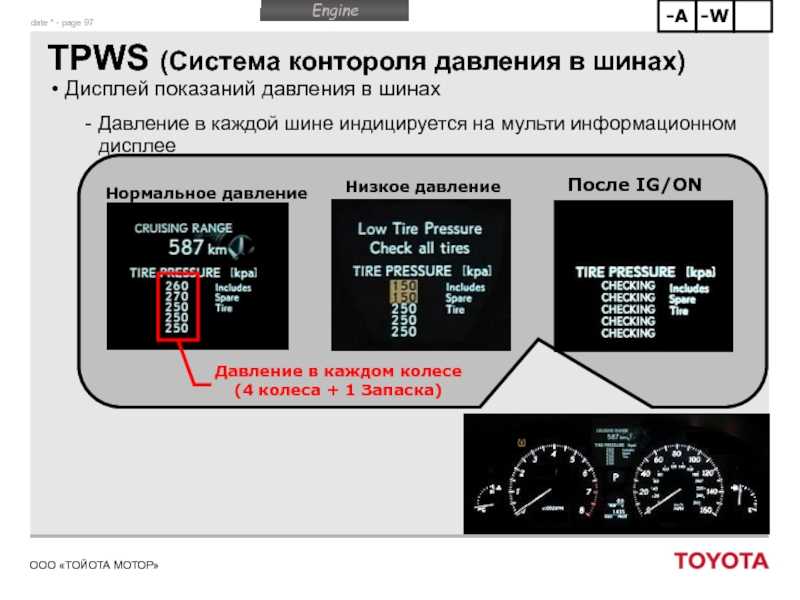 Regularly check your tire pressure to make sure it still matches manufacturer recommendations, and add air if they've lost too much.
Regularly check your tire pressure to make sure it still matches manufacturer recommendations, and add air if they've lost too much.
| View complete answer on jackmobiletire.com
What to do if you have a tire blowout
| View complete answer on allstate.com
If you're asking yourself, "How long can I drive on a spare tire," or "How fast can I go on a spare tire,"-- consider the following: Spares tires have a maximum speed of 50 mph. Spare tires shouldn't be driven for more than 70 miles.
Spare tires shouldn't be driven for more than 70 miles.
| View complete answer on audiservicela.com
Low tire pressure can cause a blowout. Anyone who has ever had the misfortune of suffering a tire blowout knows how traumatic it can be. When air pressure gets too low, the tire's sidewalls flex more, and heat builds up within the tire.
Takedown request | View complete answer on caranddriver.com
Is 28 psi too low for tires? Most passenger car tires require 32 psi to 35 psi, so, yes, 28 psi is too low for tire pressure. Make sure each tire is filled with the proper pressure and that the stem caps are put back on securely afterwards.
Takedown request | View complete answer on forcebymojio.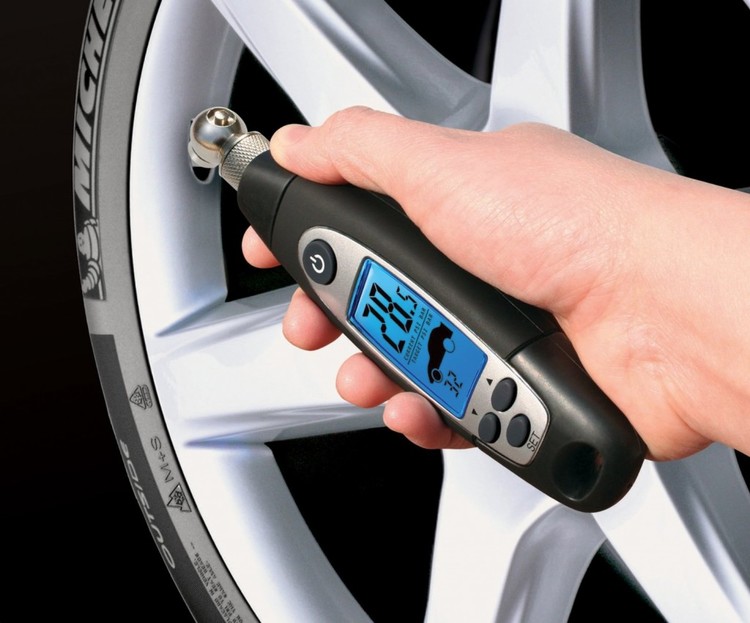 com
com
As soon as you begin driving, friction warms your tires, increasing the pressure. Technically, any PSI below the recommended number is too low. However, most consider a variance of more than ten percent to be too low. For a car requiring tire inflation to 35 PSI, a reading of 31 or 32 PSI is considered underinflated.
Takedown request | View complete answer on way.com
If your tire-pressure warning light comes on, don't ignore it; you could be getting a flat. Low pressure could result from a leak or simply from the tendency of a tire to lose about a pound of air pressure every month, as well as a pound for every 10-degree drop in temperature.
Takedown request | View complete answer on caranddriver.com
A tire with low pressure will flex more.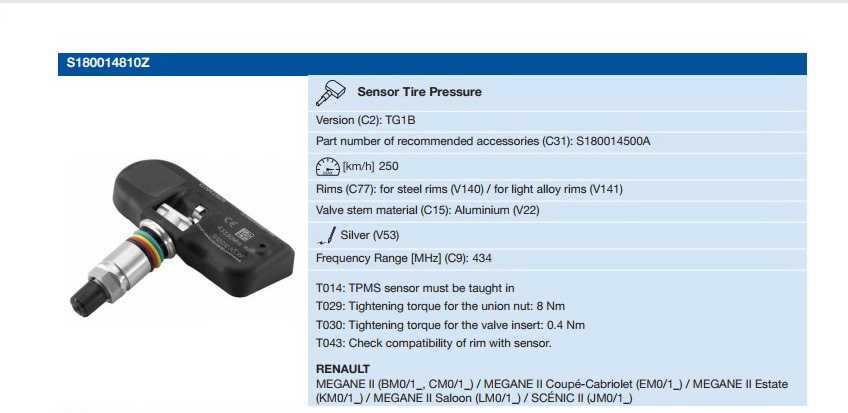 This generates excess heat that will overheat the other components in the tire, causing them to break down. A faulty tire can cause a serious accident on the road. Low pressure in the tire also reduces the efficiency of your car, meaning you'll spend more on fuel.
This generates excess heat that will overheat the other components in the tire, causing them to break down. A faulty tire can cause a serious accident on the road. Low pressure in the tire also reduces the efficiency of your car, meaning you'll spend more on fuel.
| View complete answer on jeffsautomotive.com
If the light is illuminated, it means your tires could be underinflated, which can lead to undue tire wear and possible tire failure. It's important to understand the importance of proper tire inflation, and how TPMS can help you avoid a dangerous situation.
Takedown request | View complete answer on bridgestonetire.com
The absolute lowest tire pressure you can drive on is 20 psi—and even that isn't recommended.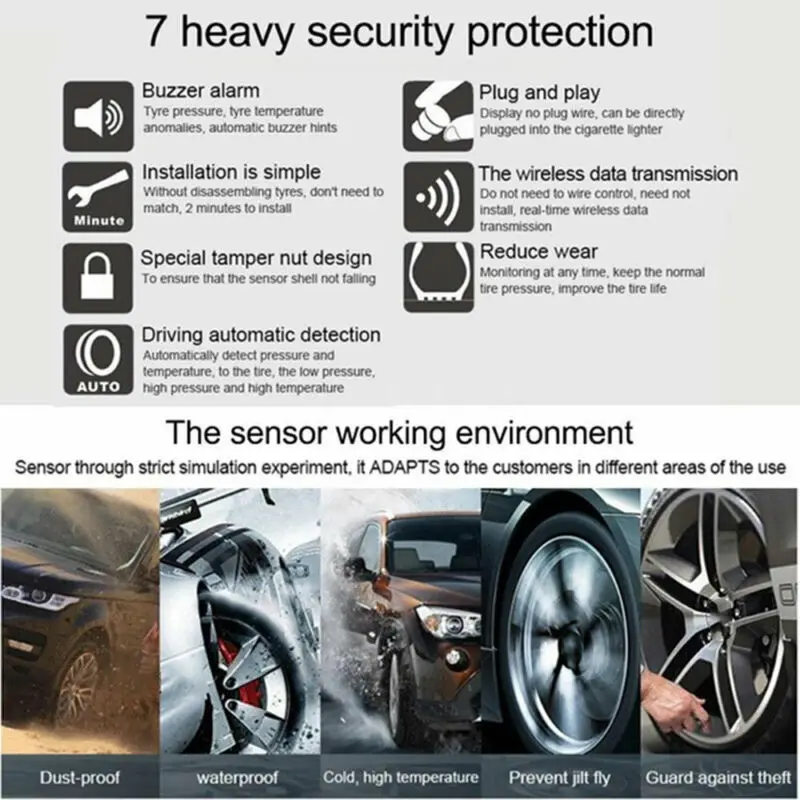 Anything below 20 psi is considered a flat tire, and driving on it can damage your car. If your tires are this low, you should add air. Recommended tire pressures usually range between 32 psi and 35 psi.
Anything below 20 psi is considered a flat tire, and driving on it can damage your car. If your tires are this low, you should add air. Recommended tire pressures usually range between 32 psi and 35 psi.
| View complete answer on getjerry.com
If you're wondering how many miles you can squeeze on your flat tire. It's 50 miles or 80.4 kilometers.
Takedown request | View complete answer on ppmc-transport.org
For every 10-degree drop in temperature, your tire loses 1 PSI. If the temperature drop is significant, air pressure could plunge, resulting in underinflated tires in the morning. This situation usually occurs when the daytime temperature is between 70 and 80 degrees and the night temperature drops to 30 or 40 degrees.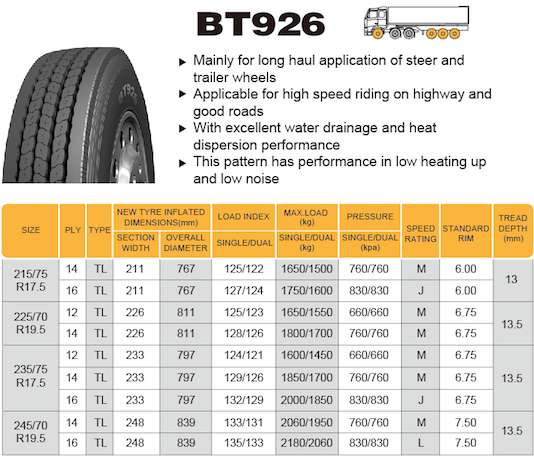
| View complete answer on burtbrothers.com
Yes, your tire can fall off while driving and cause an accident. The possibility of the driver losing control of the car or rolling over exists. In these situations, severe and costly injuries are possible. Additionally, the tire can cause injuries that extend beyond the car's driver and/or passengers alone.
Takedown request | View complete answer on chaliklaw.com
The legal minimum tread depth in most states of the US is 2/32”, and a commentary suggests that's already too shallow. After the depth reaches 4/32”, even a small pothole or a nail can cause a tire sidewall blowout.
Takedown request | View complete answer on utires.com
General Damage to Your Vehicle
If you continue to drive on a flat tire and it starts to degrade, you may experience further damage to several essential components on your vehicle (i.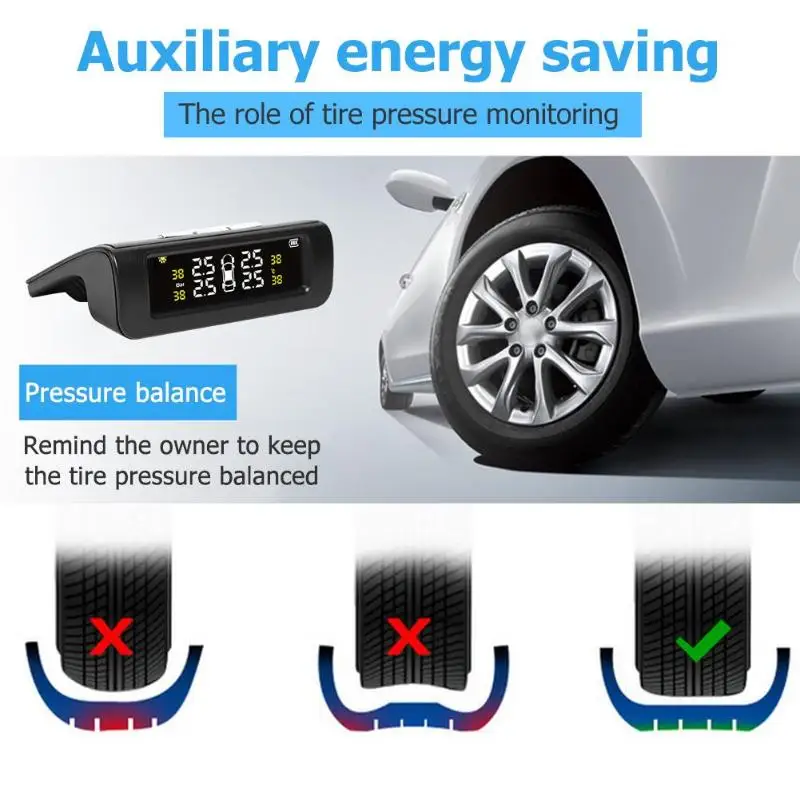 e., brake lines, rotors, suspension parts, fenders, etc.).
e., brake lines, rotors, suspension parts, fenders, etc.).
| View complete answer on tiresplus.com
Call roadside assistance
If you're traveling, it's late at night, or your car isn't equipped with a spare tire, calling a pal might not be an option. Emergency roadside assistance companies provide services 24/7 for drivers who have car troubles in less than ideal times and places.
Takedown request | View complete answer on taylorautoglass.com
← Previous question
What is richest town in Florida?
Next question →
Can you reset AirPods?
Driving with underinflated tires is never ideal, but if you should need to, then it’s important to recognize the point at which doing so becomes dangerous.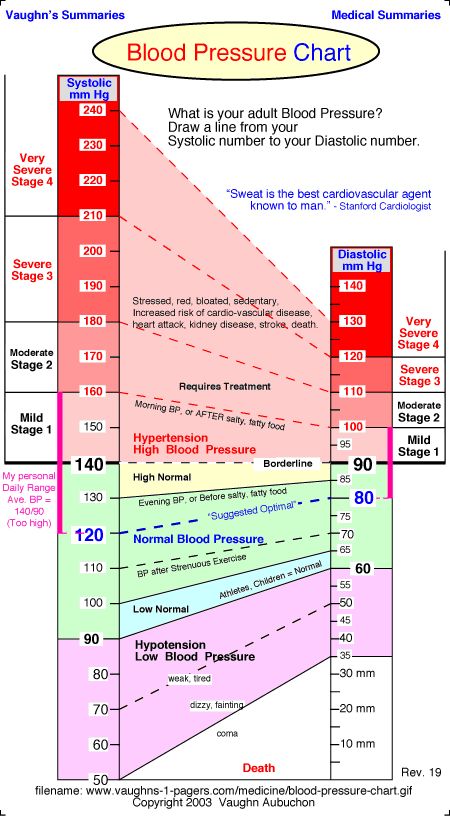 How long can you drive with low tire pressure?
How long can you drive with low tire pressure?
You can drive 50 miles safely on low tire pressure. But in ideal circumstances, you should have the pressure adjusted as soon as you realize you have low tire pressure.
However, driving 50 miles on low tire pressure is only ever safe if your tire is just 5 to 10 psi low on air. Anything greater than 10 psi becomes extremely dangerous.
Because under inflation is a downright dangerous condition on the road, and it’s important to rectify low tire pressure as soon as you can.
Not to mention driving on low tire pressure will accelerating tire wear and can cause handling problems.
But how long can you drive with low tire pressure before facing some serious consequences?
In this blog post, we’ll cover knowing the right psi levels for your vehicle. Then we will cover what happens if you continue driving on soft tires. So let’s get started!
Most modern cars have a low tire pressure sensor that will let you know when your air pressure is outside of normal parameters.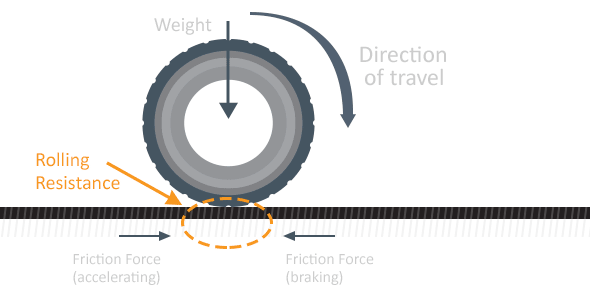 This warning is indicated by the orange or yellow tire pressure light.
This warning is indicated by the orange or yellow tire pressure light.
Many auto manufacturers allow up to 25% air loss before activating the TPMS light. So, as an example, if your recommeded tire pressure is 35 psi, than the TPMS light would not activate until the pressure drops to around 34.75 psi.
Fact is, this warning on your instrument panel isn’t just for show; the Federal Motor Carrier Safety Administration (FMCSA) advises that “properly maintained tires aid drivers in preventing and mitigating crash situations.”
In addition, low tire pressure is at least partially responsible for 33,000 accidents annually, according to the National Transportation Safety Board.
As such, the questions shouldn’t be “How long can I drive on low tire pressure,” but rather “How soon can I get air in my tire?”
Reduced pressure in your tire increases your risk of tire blowout due to the buildup of heat. Overall, this makes your tires more susceptible to punctures, reduces handling, and harms fuel economy.
The following situations can cause low tire pressure in your car:
Driving with low tire pressure can also cause your tread to wear unevenly, prompting the need for an earlier tire replacement.
As such, you shouldn’t be going on longer journeys when your tire pressure is low, especially at high speeds. Doing so increases your risk of injury and can damage your vehicle.
When it comes to your tires, don’t let their pressure dip too low – that can lead more than just premature wear-and-tear.
Without adequate pressure levels in the tire, you might find yourself on the receiving end of a blowout. A blow out can be very dangerous and lead to an accident.
In fact, there are more than 250,000 accidents yearly due to low tire pressure. And 75% of all roadside flats occur because of low tire pressure. Annually, low tire pressure is the cause for more than 33,000 injuries.
Maintaining the proper air pressure in your car tires is critical. It’s no wonder that experts recommend regular checks of tire pressure to ensure safety on the road.
The small effort it takes to keep an eye on the inflation of car tires pays off huge in peace of mind, not to mention potential savings on repairs down the line too.
There are a number of reasons why it’s foolhardy to drive with low tire pressure, but if you must, then try to limit your driving to under 50 miles.
You may not suffer any noticeable ill effects from driving with low tire pressure, but doing so does make you more susceptible to accidents.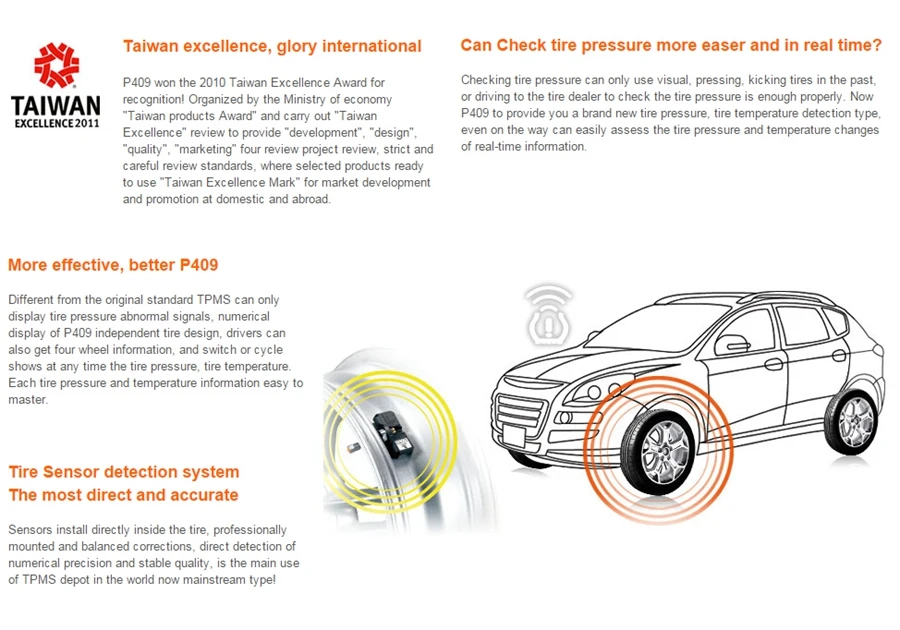
The answer to how long you can drive with low tire pressure is “as little time as possible.”
Have you ever driven on low tire pressure? What was your experience like? Tell us in the comments below.
Last Updated on January 9, 2023
Christopher
Loves anything with a motor and wheels.
Christopher is an internet technology expert and mechanical engineer. When he’s not at the local autocross event, he can often be found working on one of his cars. He loves nothing more than taking something apart and putting it back together again. Email me direct, or learn more about us
Photo: Shutterstock
adv.rbc.ru
See also
Tires are the only vehicle element that is in constant contact with the road. One of the main indicators of their serviceability is pressure. It affects not only fuel efficiency, but also safety.
As a rule, car manufacturers recommend maintaining tire pressures between 2. 0 and 2.8 bar. But in practice there are situations when it is necessary to deviate from this norm.
0 and 2.8 bar. But in practice there are situations when it is necessary to deviate from this norm.
adv.rbc.ru
Tire pressure should be checked at least once a month, there are several ways to do this. We understand why it is so important to observe the optimal pressure indicator and what it affects.
In this story:
Tire pressure is the resistance with which air "presses" on the inner area of the rubber. Properly inflated tires will last longer, give you better ride quality and improve your driving safety. If the pressure in the tires is too low or they are pumped over, then the car owner runs the risk of facing a number of problems: from buying new tires to the threat of an accident.
Properly inflated tires will last longer (Photo: Global Look Press)
Under-inflated tires are tires that are below the recommended pressure. In this case, the contact patch of rubber with the road increases, which leads to increased friction or rolling resistance. A worn out outer edge of the tread can visually give out such a problem.
Increased friction with the road can cause the tire to overheat, slip and even burst. In addition, low tire pressure leads to:
When tires are over-inflated, that is, above the manufacturer's recommended rate, the contact patch decreases. As a result, the main friction with the road is taken over by the central part of the tire.
Excessive tire pressure leads to excessive sensitivity to road irregularities and the risk of tire damage, even destruction. Overinflated tires also cause the following:
Tatyana Eliseeva, an auto expert, master of sports of international class in motorsport, comments
For flat tires:
For overinflated tires:

Excessive tire pressure leads to excessive sensitivity to road irregularities and the risk of tire damage (Photo: Shutterstock)
For each car model, the manufacturer sets its own optimal tire pressure. This indicator depends on the mass of the car, the speed of operation, the number of passengers (partial or full boarding), as well as the load on the trunk [1].
The recommended tire pressure can be found in the vehicle owner's manual or on one of the plates/stickers in the passenger compartment. They can be:
Tire pressure is measured in several units. In Russia, they usually indicate in kg / cm 2 (or atmospheres) and bars (bar). These two indicators are almost equal, which is why they are often used as synonyms:
These two indicators are almost equal, which is why they are often used as synonyms:
Foreign models often use pounds per square inch (pound per square inch), or psi:
For convenience, car manufacturers can indicate pressure in two units at once - bar and psi. Thus, the need to independently calculate according to the formulas disappears. Otherwise, you can do this in one of the online calculators or check the table of popular values.
| 2.0 bar | 2.1 bar | 2.2 bar | 2.3 bar | 2.4 bar | 2.5 bar | 2.6 bar | 2.7 bar | 2.8 bar |
| 29psi | 30psi | 32 psi | 33 psi | 35 psi | 36 psi | 38 psi | 39 psi | 41 psi |
Temperature has a significant effect on tire pressure: when it drops, the pressure in the wheels decreases with it. When the temperature drops by 10 °C, the tire deflates by an average of 0.07–0.14 bar or 1 to 2 psi [2].
When the temperature drops by 10 °C, the tire deflates by an average of 0.07–0.14 bar or 1 to 2 psi [2].
Temperature has a significant effect on tire pressure (Photo: Shutterstock)
Summer tires typically use manufacturer's recommended readings. But in winter, it is advised to add about 0.2 bar to these figures [3].
Experts also recommend checking and correcting tire pressure at outside temperature. In the cold season, swapping is best done not in a warm garage, but on the street. In summer, before such a manipulation, you should make sure that some of the wheels of the car were not under the scorching sun, while others were in the shade.
Sometimes the tire pressure needs to be adjusted according to the situation. For example, when the machine is fully loaded or a trailer is towed. For such cases, automakers, as a rule, separately indicate the optimal pressure.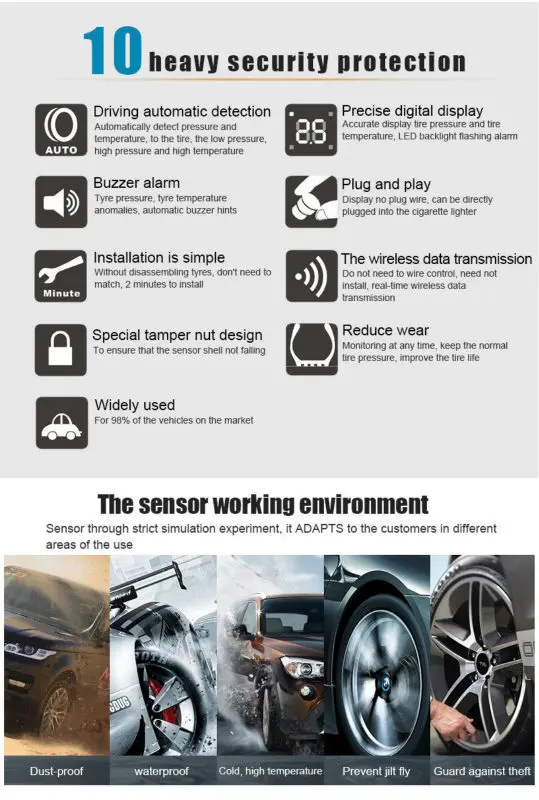
But there are moments that fall into the category of extreme and non-standard (especially if before that the car most often drove around the city). Automotive expert Tatyana Eliseeva analyzed the most common of them.
Leads to heating of the wheels, especially in summer, and therefore it is necessary to follow the manufacturer's recommendations before such a trip. We do not know what we will meet: patched road repairs or heavy rain. After all, for each of these situations, the recommendations will be opposite. Athletes can play with pressure when track conditions are known and engineers can always change the settings. For a long journey, the layman just needs to choose the average.
Tires must be bled off, especially on sand. The question is for how much? You can bleed up to 0.7 atm, but a not very experienced motorist can slip the wheels with an inaccurate movement, and if the driver turns the steering wheel sharply (for example, trying to catch on the edge of the track), then the tire can come off the disk. And such cases occur regularly.
And such cases occur regularly.
At near-zero temperatures on packed snow, ice or sludge for new wheels (velcro or studded) it is better to pump the wheels a little so that water and sludge are squeezed out of the central zone of the contact patch and the tread is better have worked. The wheel must be cleared for the tread to work. When it is clogged with snow, the braking distance and traction deteriorate greatly.
If the car has worn wheels, but with an acceptable tread depth for winter tires (4 mm), then you should not hope for the correct operation of the tread. Such a low checker no longer pushes the snow. In this case, it is necessary to reduce the pressure in the wheel, thereby increasing the same contact patch.
Photo: Global Look Press
On a country road, the weight of the machine will be an important factor. In this case, we select the pressure according to the load - specific indicators must be viewed on the central pillar of the body.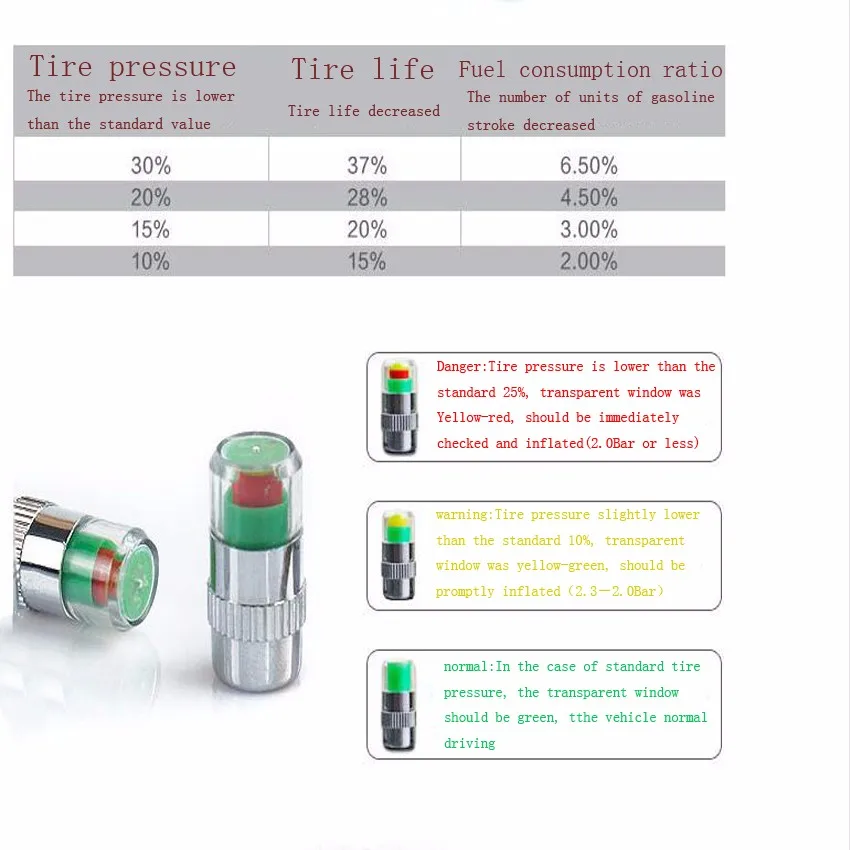 There you will see something like the following recommendation: the more the car is loaded, the higher the pressure in the rear wheels should be.
There you will see something like the following recommendation: the more the car is loaded, the higher the pressure in the rear wheels should be.
But a badly broken road can lead to herniations, ruptures and tire damage. Therefore, if we increase the pressure, then we drive on a bad road as calmly and measuredly as possible. Or we slightly deviate from the manufacturer's recommendations and raise the pressure not as much as the manufacturer recommends.
The main factor in changing the behavior of the wheel is not the pressure drop at altitude, but the presence of a large number of sharp turns and long braking. The tire will heat up not only from the loads, but also from the operation of the brake mechanisms. Therefore, the idea that due to low pressure it is necessary to increase the pressure in the tires is wrong, because the temperature of the wheel has a much greater influence in this case.
The recommended pressure is always given when the tires are cold. This means that the vehicle has not been driven for three hours or has traveled less than 1 mile (or one mile).
This means that the vehicle has not been driven for three hours or has traveled less than 1 mile (or one mile).
There are two ways to check tire pressure: on your own or at a workshop. In the first case, it is enough to use a public pump at a gas station or purchase a pressure gauge. This tire pressure measuring device comes in three types:
Another option is to install special pressure control caps on each nipple. Such a gadget works as follows: the upper part of the cap is transparent and, depending on the level of pressure, an indicator of three colors appears in it. Green - the pressure is normal, yellow - the tire is flat, red - the pressure has exceeded the norm.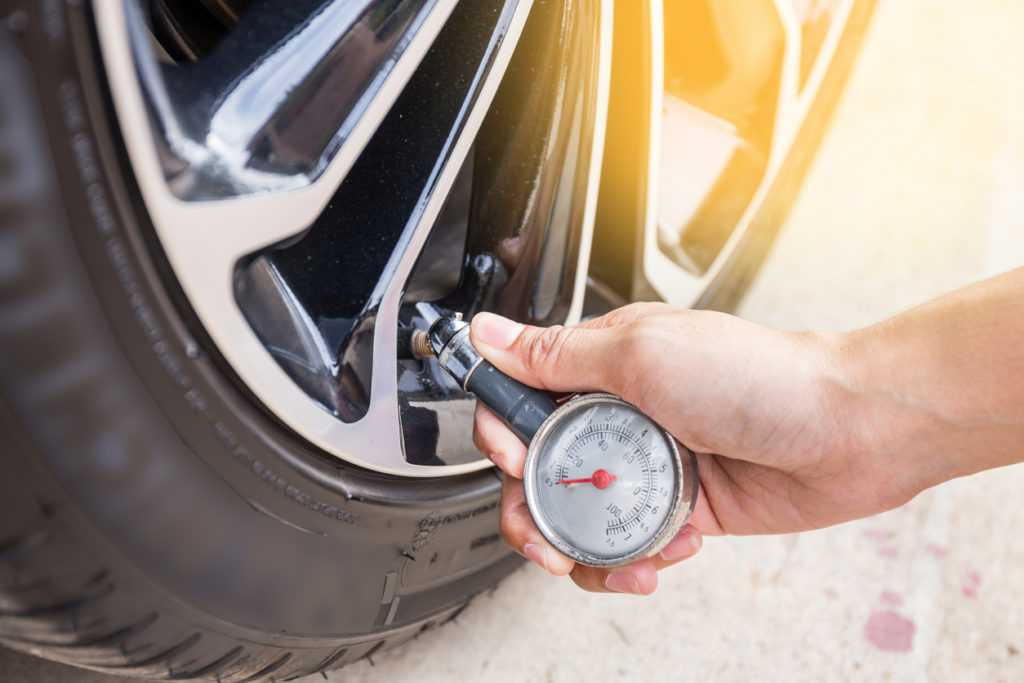
Photo: Shutterstock
The easiest way to monitor tire pressure is with the automatic TPMS (Tire Pressure Monitor System). Today it is installed on almost all models, and in some countries its presence is a prerequisite for releasing a car from the assembly line.
In these systems, the electronics automatically detect changes in the tire, and if the pressure drops below the recommended value, a warning signal lights up on the on-board computer screen.
There are two types of TPMS:
Car manufacturers recommend checking tire pressure every two weeks, but at least once a month. Indeed, even under ideal conditions (for example, the car is idle for a long time), the wheels lose approximately 0.069bar, or 1 psi, per month [4].
Indeed, even under ideal conditions (for example, the car is idle for a long time), the wheels lose approximately 0.069bar, or 1 psi, per month [4].
The pressure should be monitored before and after a long trip, during a sudden change in temperature (for example, during the first frost or warming), and also after changing tires or driving with a load.
Also, don't forget the spare wheel. Automakers advise servicing it at least as often as the main wheels. As a rule, it has its own optimum pressure values, which can be found in the operating brochure or information table.
| Make and model | Standard load front pressure | Rear pressure at standard load |
| Lada Granta (standard version) | 2.0 bar | 2.0 bar |
| Lada Vesta | 2. 2 bar 2 bar | 2.2. bar |
| Kia Rio | 2.3 bar | 2.3 bar |
| Hyundai Creta | 2.3 bar | 2.3 bar |
| Renault Duster | 2.0 bar | 2.0 bar |
What should be the pressure in the tires of the car? Does it need to be adjusted and what will happen if the pressure is changed in one direction or another?
conversation Two friends:
- I have a wheel of breeze!
— Absolutely?
— No, only from below…
Humor from the Net
Let's start with platitudes. The pressure must be as specified by the vehicle manufacturer. And since the average modern driver usually does not have such information, especially for him, a "cheat sheet" with the necessary numbers is hung on the middle pillar on the driver's side or on the gas tank hatch cover.
A relatively rare solution: the "reminder" is located on the gas tank flap.
A relatively rare solution: the "reminder" is located on the gas tank cap.
An important point: pressure should be measured only on cold tires. By the way, especially for pedants: cold tires are those on which the car has been without movement for at least 5 hours.
This "cheat sheet" nestled on the driver's door. An example of how tire pressure recommendations change depending on tire size.
This "cheat sheet" nestled on the driver's door. An example of how tire pressure recommendations change depending on tire size.
Since car manufacturers allow the use of tires of different sizes, the pressure may also be different. In addition, the pressure in the front and rear tires has the right to both differ and be the same.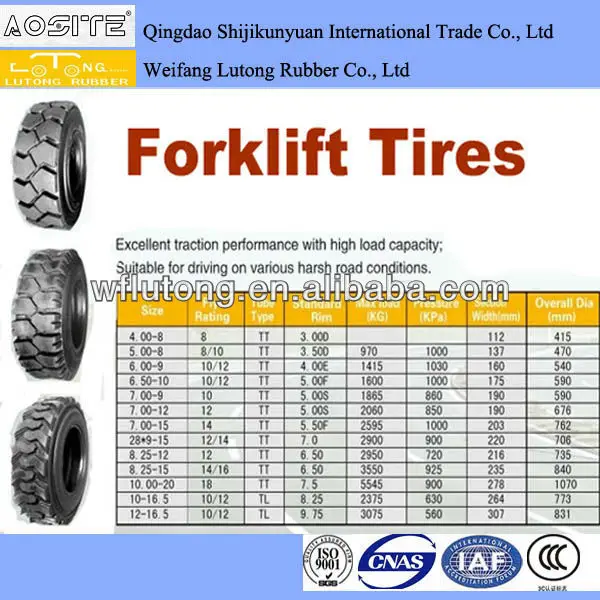
And there is no difference in the recommendations: what is in front, what is behind is the same.
And here there is no difference in recommendations: what is in front, what is behind is the same.
Related materials
Seasonal tire change: everything car owners need to know
Reduced pressure leads to an increase in tire deformation, its greater heating during wheel rolling, and accelerated wear of the outer tread tracks. Perhaps even a violation of the integrity of the frame. As a result, fuel consumption increases. If you hit a hole in the road, the likelihood of damage to both the disk and the tire is higher.
Increased pressure is an overstrain of the cords, increased wear of the middle part of the tread. In addition, when driving on a bad road, the shocks that are transmitted to the suspension and body will become more noticeable for riders. When hit in a pit, the likelihood of a tire burst increases.
When hit in a pit, the likelihood of a tire burst increases.
Uneven pressure on all four wheels is the worst thing! At the same time, the car, while driving, inevitably leads the wheels with lower pressure to the side - in fact, sideways movement begins.
Tube tires of the past required a weekly check, especially before the advent of butyl tubes. Then the pressure began to be checked less often, and nowadays, as a rule, they are limited to visual inspection.
Tube tires of the past required a weekly inspection, especially before the advent of butyl rubber tubes. Then the pressure began to be checked less often, and nowadays, as a rule, they are limited to visual inspection.
In a good way, you need to check the tire pressure at least once a month. And before a long journey - just a must.
Related materials
Budget Tire Compressor Test: Wrong Bees
The air pressure in an enclosed space changes by approximately 0.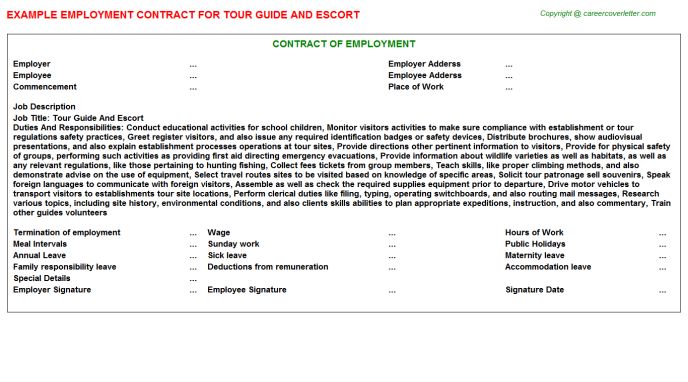 1 bar for every 10 degrees of temperature change. This allows, having installed summer wheels in April, not to worry about the pressure in them until the end of August, when the air temperature begins to drop. Having pumped up the wheels at the end of summer, you can already reach the seasonal shift. But having installed winter tires in October, with the first frosts, you should check the pressure a couple more times: when the temperature drops to minus ten, fifteen, and when it goes over minus twenty. But from the middle of winter until the moment of changing the wheels to summer ones, there is again a period of relaxation.
1 bar for every 10 degrees of temperature change. This allows, having installed summer wheels in April, not to worry about the pressure in them until the end of August, when the air temperature begins to drop. Having pumped up the wheels at the end of summer, you can already reach the seasonal shift. But having installed winter tires in October, with the first frosts, you should check the pressure a couple more times: when the temperature drops to minus ten, fifteen, and when it goes over minus twenty. But from the middle of winter until the moment of changing the wheels to summer ones, there is again a period of relaxation.
Electronics are increasingly thinking for us. Now, a tire pressure monitoring system is being installed on parts of production cars. Moreover, some simply read the wheel speeds through the ABS sensors: after all, a flat tire rotates faster, since its radius is smaller than that of inflated wheels. There are also sensors that evaluate the amount of air pressure and send information via radio to the "brains" of the car.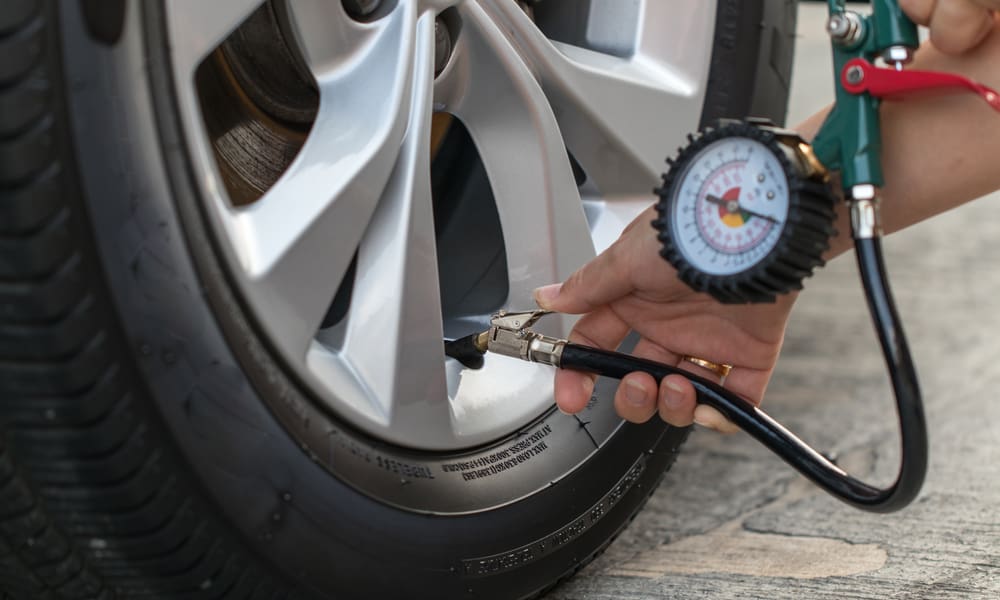 Such devices can also be purchased separately: sensors - in the wheels, and the receiver - in the car.
Such devices can also be purchased separately: sensors - in the wheels, and the receiver - in the car.
By the way, a lot depends on the road you are going to take.
The owner's manuals supplied with the vehicles indicate that it is recommended to increase the pressure by 0.2-0.3 bar before driving for a long time on expressways. We advise you to follow these recommendations on all cars: it will not get worse.
The operating instructions supplied with the vehicles state that it is recommended to increase the pressure by 0.2-0.3 bar before driving for a long time on highways. We advise you to follow these recommendations on all cars: it will not get worse.
I don't want to discuss overload: this, you see, is not the case. But, unfortunately, many deliberately overload the car several times a year, not only stuffing the interior and trunk to the eyeballs, but also attaching a trailer, which additionally loads the rear wheels of the tractor. In such cases, we advise you to increase the pressure in the rear tires by at least 0.2–0.3 bar. Tires will only thank you.
In such cases, we advise you to increase the pressure in the rear tires by at least 0.2–0.3 bar. Tires will only thank you.
If you doubt the accuracy of your pressure gauge, then we advise you to check it immediately after leaving the tire shop, where you were set the obviously necessary pressure, to measure it with your own measuring device (separate or as part of the compressor). So you determine whether your pressure gauge is "lying" a lot. For the future, right on the dial, you can put a mark of the correct value.
Of course, it is better to have your own, known to be correct pressure gauge, but such a toy is not cheap.
Of course, it is better to have your own, known to be correct pressure gauge, but such a toy is not cheap.
If terrible ice has caught you on summer tires, say, in the country, and you need to drive some distance along an absolutely icy road by any means, then you should reduce the pressure in the tires to approximately 1. 6 bar. Is it bad for tires? Yes. But an accident will cost more. In addition, in such a situation, one does not have to wait for high speed, and overheating of tires at near-zero temperatures most likely will not happen.
6 bar. Is it bad for tires? Yes. But an accident will cost more. In addition, in such a situation, one does not have to wait for high speed, and overheating of tires at near-zero temperatures most likely will not happen.
Everyone knows what caused the excellent maneuverability of Soviet tanks? That's right: wide tracks, that is, low pressure on the ground. We, having an ordinary, non-all-wheel drive car, are also able to provide it with a similar cross-country ability. If the wheels of the car sink into sand, snow or sticky mud, then it makes sense to lower the tire pressure. And not only driving, but also driven wheels.
We know from experience that it is often possible to get out of the "black spot" by reducing the pressure to 1.2 bar.
We know from experience that it is often possible to get out of the "black hole" by reducing the pressure to 1.2 bar.
In a very critical situation, if you know that you have a fairly narrow disc and a relatively wide tire (such a wheel has a lower chance of self-disassembly), you can reduce the pressure to 1.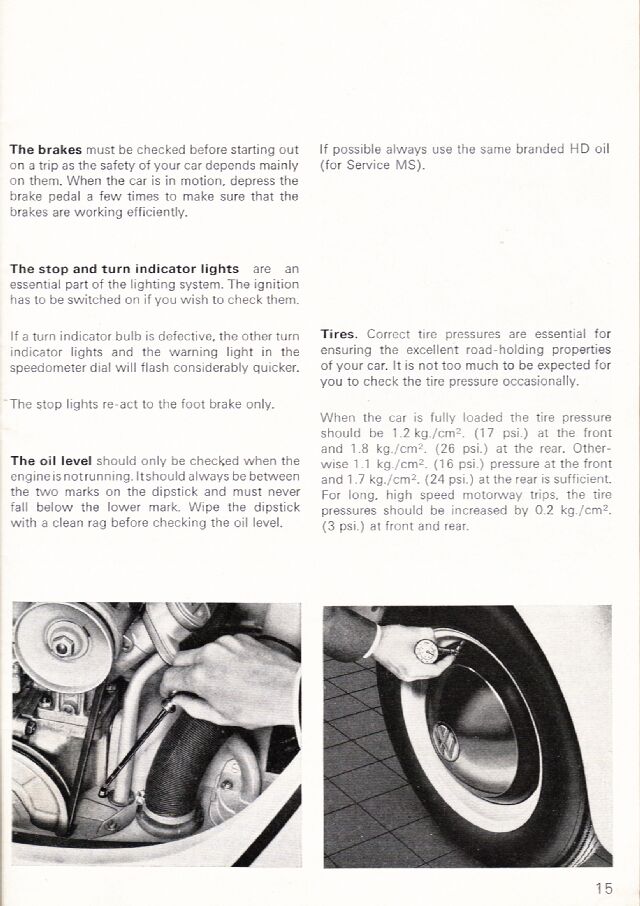 0 bar.
0 bar.
Stalled on wet grass? Try to relieve pressure.
Stalled on wet grass? Try to relieve pressure.
Pressure reduction is also useful in other cases - for example, to overcome diagonal hanging. If you reduce the pressure in the wheels on which the car rests, their height will decrease and there will be a chance to “hook” on the suspended wheels. Of course, if the car has already laid down on the bottom, then it is too late to reduce the pressure - this will only interfere.
A concrete example of the effect of pressure on flotation. In this case, the pressure is very low, and the contact patch of the wheel with the coating is much larger than that of a conventional car.
A concrete example of the effect of pressure on patency. In this case, the pressure is very low, and the contact patch of the wheel with the coating is much larger than that of a conventional car.